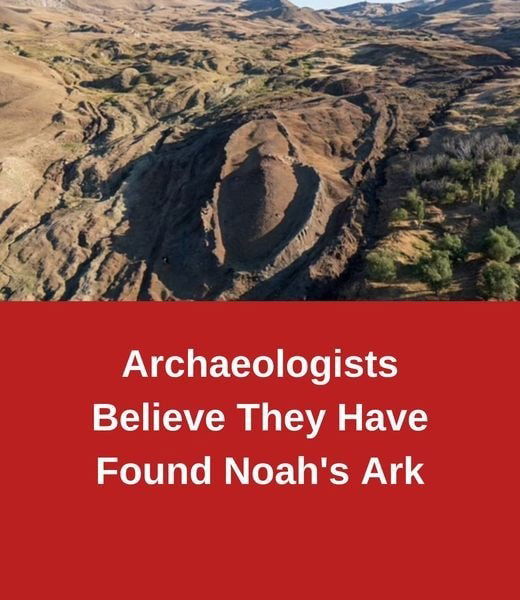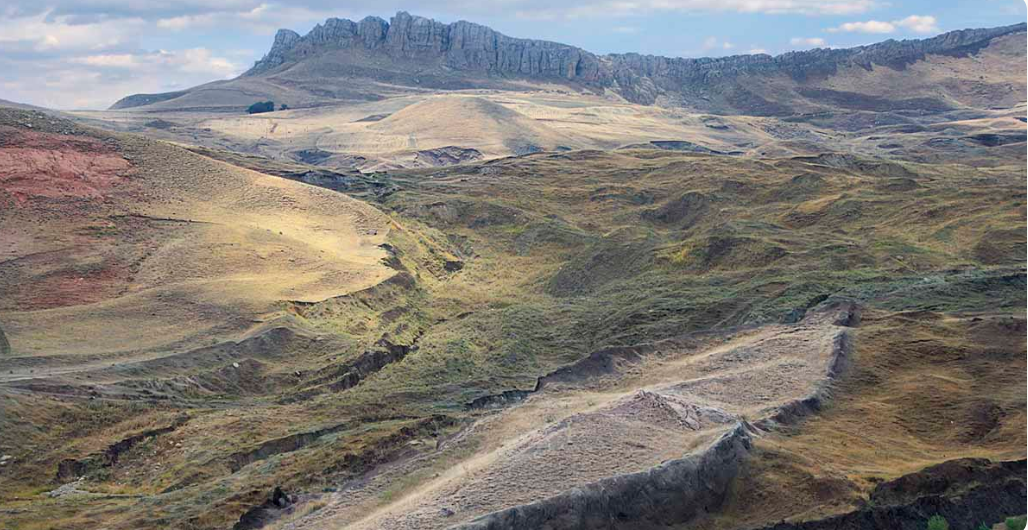
This remarkable discovery could have biblical implications. Scientists have been delving into the mysteries surrounding the potential site of Noah’s Ark in the eastern mountains of Turkey.
Let’s explore the intriguing findings and their significance, providing insights into the ongoing quest to unlock the secrets of an age-old legend.
The Site: Ruins of Noah’s Ark?
For dozens of years, scholars and adventurers have speculated about the existence of the legendary vessel Noah’s Ark, which saved humanity and animals from a catastrophic flood. This mythological tale transcends cultures, finding its place in Christianity, Judaism, and Islam, but confirming its authenticity has remained a challenge for scientists.
An ambitious project started in 2021, combining the efforts of three Turkish and American universities to investigate the site believed to be Noah’s Ark. The multidisciplinary team, known as the “Mount Ararat and Noah’s Ark Research Team,” conducted their first study in December 2022. Located in the Doğubayazıt district of Ağrı, Turkey, the Durupinar formation has been an area of interest since its discovery in 1956.2
The latest research focused on analyzing rock and soil samples that were taken from the supposed resting site of Noah’s Ark. Astonishingly, according to the dating study, these samples date back to between 3500 and 5000 years ago, corresponding to 3000 B.C., a timeframe consistent with the biblical account of the Great Flood.
According to Dr. Faruk Kaya, the Vice Rector of Ağrı İbrahim Çeçen University, these findings suggest human activities in the region between 5500 and 3000 B.C., aligning with the Chalcolithic period. He says that these results do not conclusively prove the presence of the ark, but they undeniably point to human habitation during the speculated period.
“According to the first findings obtained from the studies, it is thought that there have been human activities in the region since the Chalcolithic period, that is, between the years 5500 and 3000 BC,” Çeçen said.

Mount Ararat: Where Noah’s Ark Came to Rest
The site is located less than two miles from the Iran-Turkey border, near the Greater Mount Ararat summit, which is an essential element of the Noah’s Ark narrative. As stated in the Book of Genesis, the ark came to rest in the “mountains of Ararat” following the Great Flood.
One of the most striking aspects of the Durupinar formation is its boat-like structure, measuring approximately 538 feet in length. Interestingly, this length aligns closely with the biblical description of the ark, which had “a length of three hundred cubits, its width fifty cubits, and its height thirty cubits“. This uncanny resemblance has fueled the curiosity of scholars and researchers alike.
These discoveries are certainly compelling, but it is essential to approach this subject with caution and skepticism. Dr. Andrew Snelling, a young Earth creationist, had previously proposed that Mount Ararat could not be the ark’s location, suggesting that the mountain did not form until after the floodwaters receded.
Controversy Surrounding Noah’s Ark
Despite the enduring appeal of the Noah’s Ark narrative, it remains a subject of contention among scholars and archaeologists. Most experts do not interpret the story in a literal sense but instead as a historical event with profound symbolic significance.
The ongoing research into the potential site of Noah’s Ark is a captivating journey that may ultimately reshape our understanding of ancient history. As scientists continue their exploration and analysis, the mystery remains an enigma of cultural and religious boundaries.
Sources
“Samples from ‘Noah’s Ark’ site in Turkey reveal human activity dating back to biblical era, scientists claim.” NY Post. Nicholas McEntyre. October 28, 2023.
“Has Noah’s Ark been found? Archaeologists reveal ‘ruins’ found in Turkey’s boat-shaped mound date back 5,000 years ago – the same period as the Biblical flood.” Daily Mail. Stacey Liberatore. October 30, 2023.















